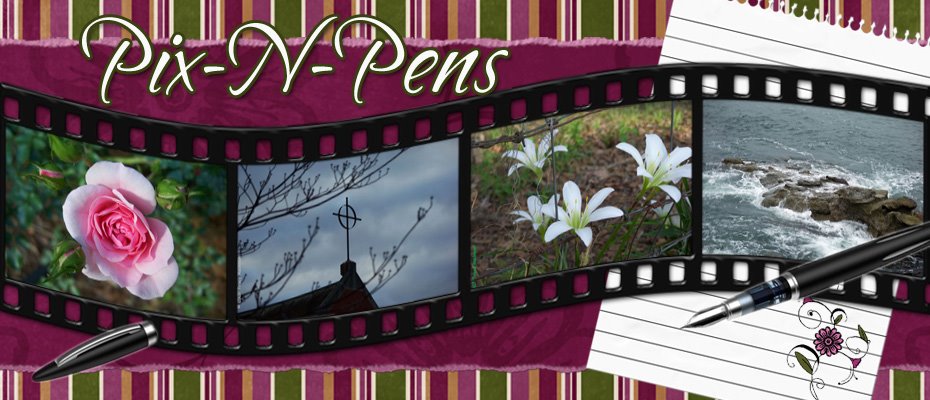BY SUZANNE WILLIAMS
Whatever happened to that old saying your mother taught you - "If you can't say anything nice, say nothing at all"? This subject came to me after a conversation with someone who had been extremely affected by a bad photo critique, which brings me immediately to my first point - There is such a thing as a BAD critique. After all, critiques are the opinions of other people, and opinions are subject to all the foibles of the other person's personality, their experiences, both good and bad, and anything else that has affected their life. It is therefore unfortunate when someone allows their judgment to be clouded by the situations in their own past.
Giving a good critique requires an open mind, a good attitude, and careful thought. This doesn't mean that a good critique need be all "sugary sweet", that would simply pad someone's inaccuracies. But it does have to, at its conclusion, build the other person up, not tear them down. The ultimate purpose of any critique is always to help.
Ladies' Tresses Orchid
GIVE ONLY WHAT IS ASKEDThe most important rule of offering a critique is to give it only if it has been asked for. Avoid offering your opinion when you were not specifically addressed. If you can see that photo has several comments already, then your opinion is probably not needed. The one exception to this rule being the nature of the other comments. If you feel they were too harsh, then by all means, say something positive.
I rarely ever request a critique, and I always keep this thought in mind when viewing someone else's work. When I present one of my photos, generally speaking, I am pleased with it. For instance, if the photo was just for documentary reasons, then I usually tell you so. I am my own harshest critic. I know if I personally feel this way, then probably other photographer's do as well. Therefore, I only offer to others what I myself would want to hear.
BE KINDThis brings me to my next point. Any photo critique you give should be kind. Be careful to watch for any attitude you might be expressing. After all, most photo critiques are given in writing and writing can be greatly misinterpreted. Don't type in all caps. Avoid using bold type, italics, or too many exclamation points. These come across as mean-spirited, and once your words have been misread it is very hard to explain them away.
Always give your critique in a positive light. It is important for the reader to take from your thoughts something uplifting. Limit the amount of negativity you offer and end on a high note. Leave the photographer with something they did right. Your words should be a suggestion of how they might improve, not a baseball bat to whack them in the head with. Always remember that that person doesn't know you, or anything about you. Critiques should never be personal.
STICK TO THE RULES OF PHOTOGRAPHYHere's one of the biggest points of this article. Keep your thoughts to the definite rules of photography: aperture, ISO, shutter speed, composition, etc. Express how these rules could have been altered to achieve a different result. Did they need a faster shutter speed? Then give a general opinion on what would have given them a faster shutter speed. Be sure to offer a "how to" in your critique and not just state that it was "bad". They cannot implement your suggestions if they don't know how to do what you are describing. On the other hand, don't automatically assume they don't know how either. You never want your words to come across as high-handed.
Avoid nitpicking on trivial matters. Don't ramble on about what lens that person should have used, or what camera you have that is better. A critique is not a bragging session. Work, instead, with what the photographer has in their arsenal and how they can use it more effectively. This is especially true if you don't have enough knowledge about their equipment in the first place. If this is the case, then keep your opinion to yourself. At this point in my camera-life, you will not find me in a debate about lens quality, as I am not up-to-speed on those topics. Rather, I leave them to those with more knowledge than myself.
KEEP YOUR SHOULDERS PADDEDLastly, if you are on the receiving end of a critique, be able to know there are good critiques and determine in yourself to move past the bad ones. Some people live off of being critical, and despite their word origins, "critique" and "critical" do not hold the same meanings.
If you are on the giving end, remember that a critique is not an occasion for you to air your grievances. Its purpose is to help the other photographer improve, to answer any questions they might have. Keep in mind also that there will always be people who do not receive what you have to say. Don't let this affect you, but take it with grace. There are times when the best therapy is just to let things go.
*These photos are of this year's crop of Ladies' Tresses Orchids, which is spoke about in my blog last week.-------------------------------
 Suzanne Williams Photography
Suzanne Williams PhotographyFlorida, USA
Suzanne Williams is a native Floridian, wife, and mother, with a penchant for spelling anything, who happens to love photography.

























































